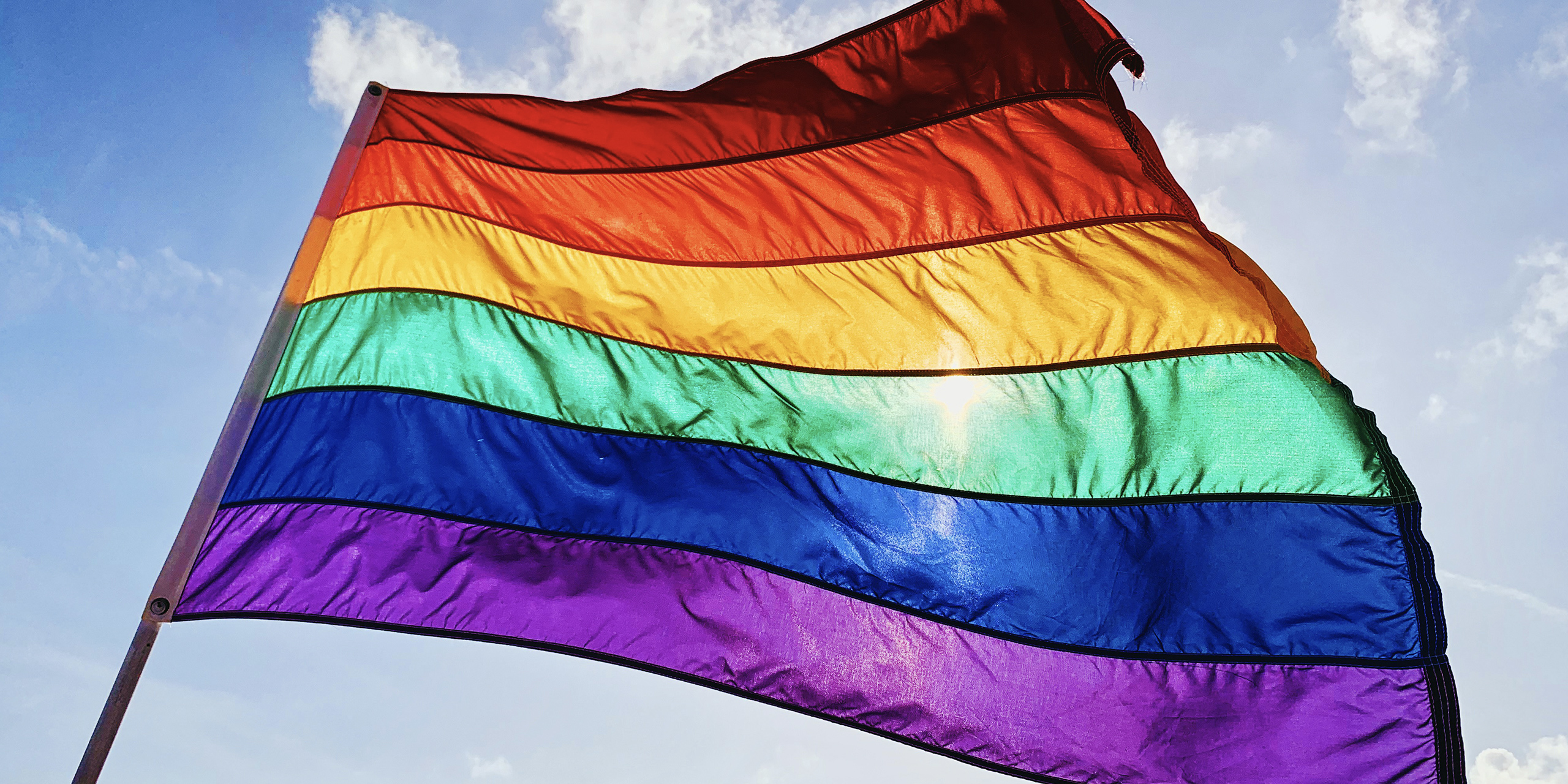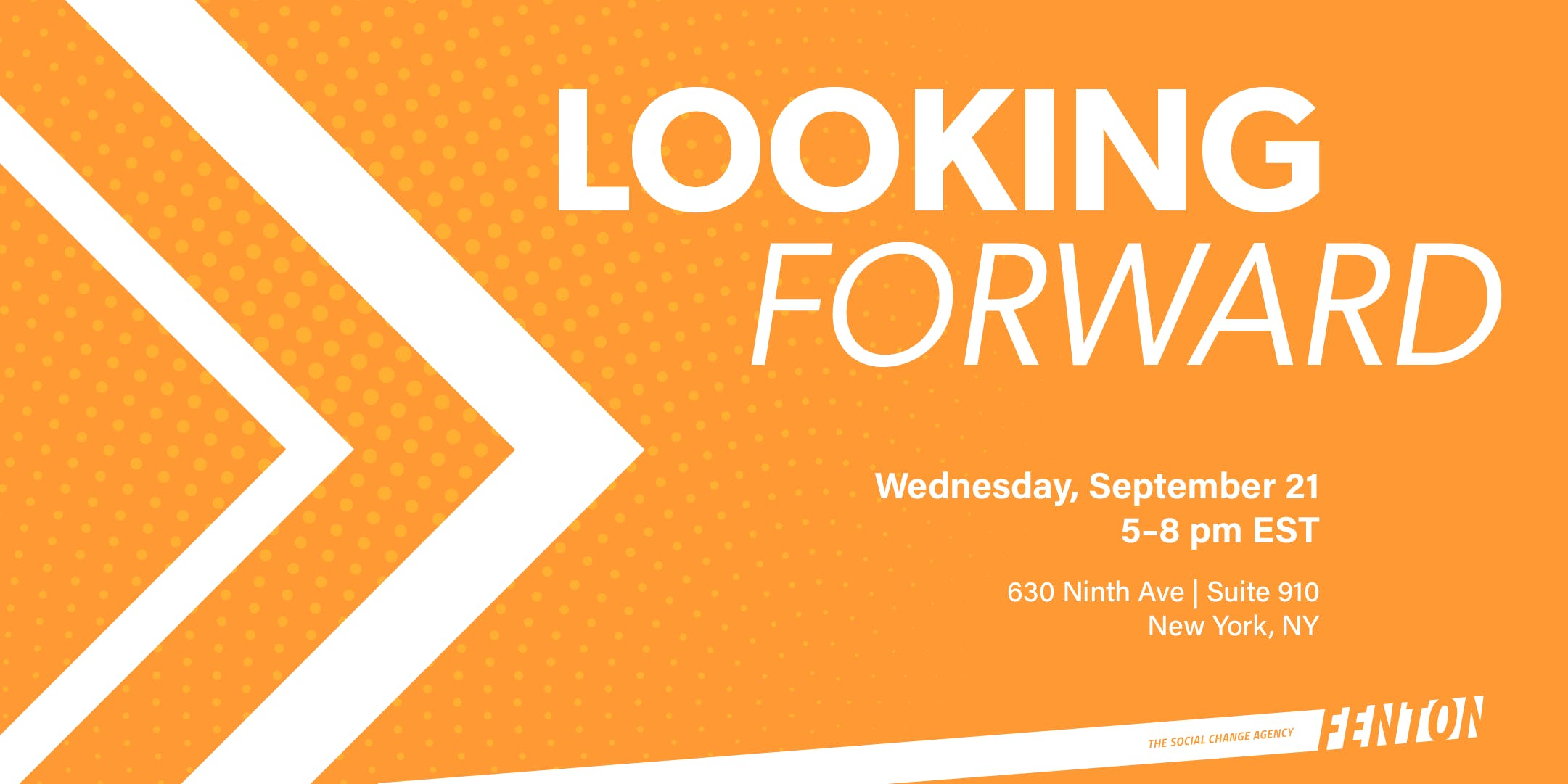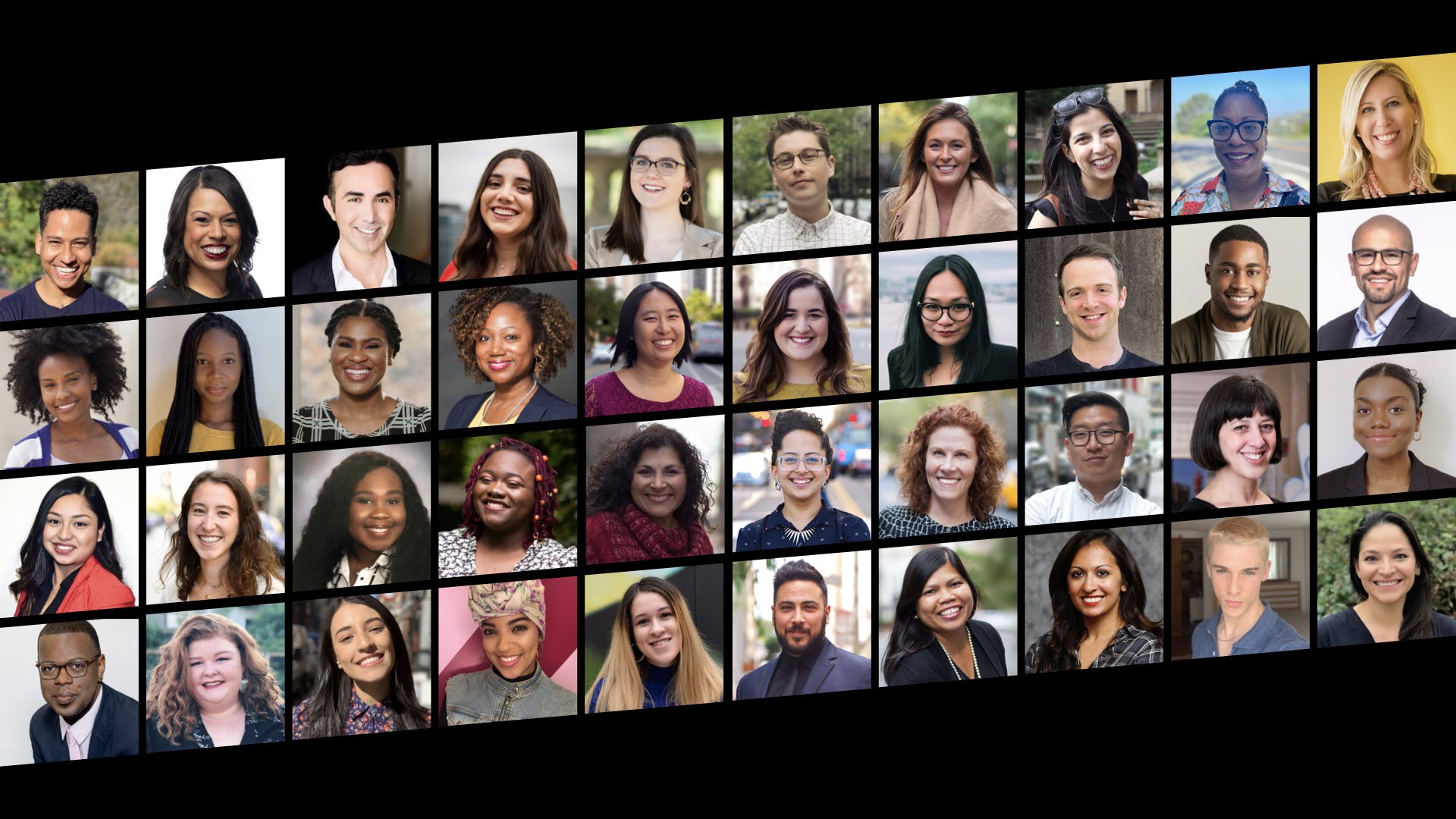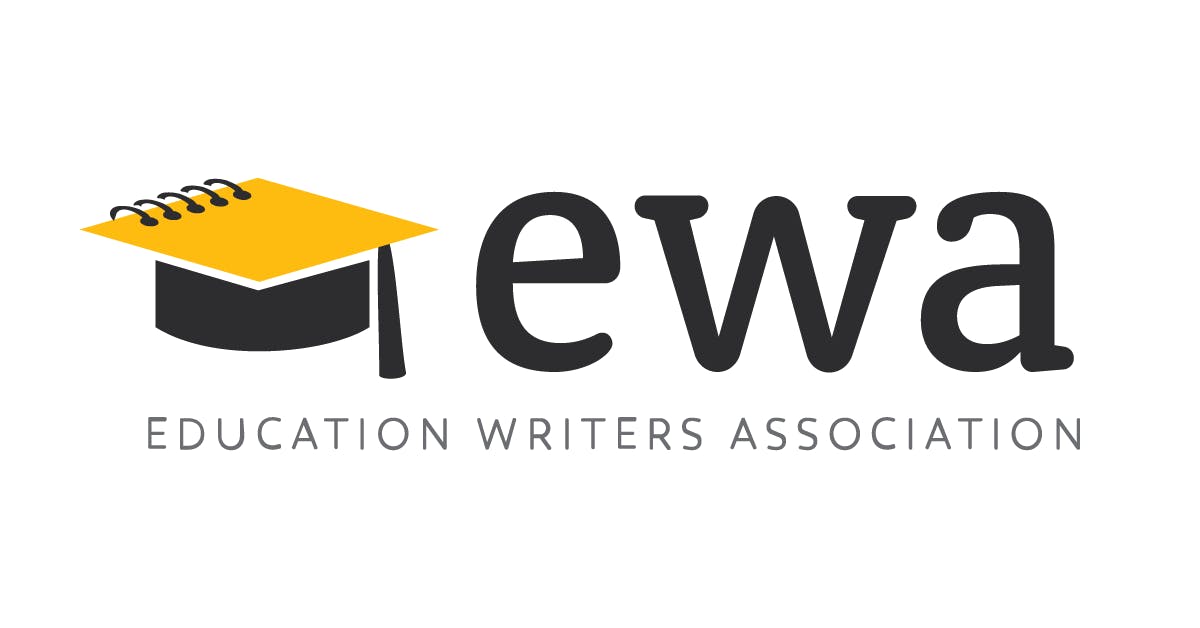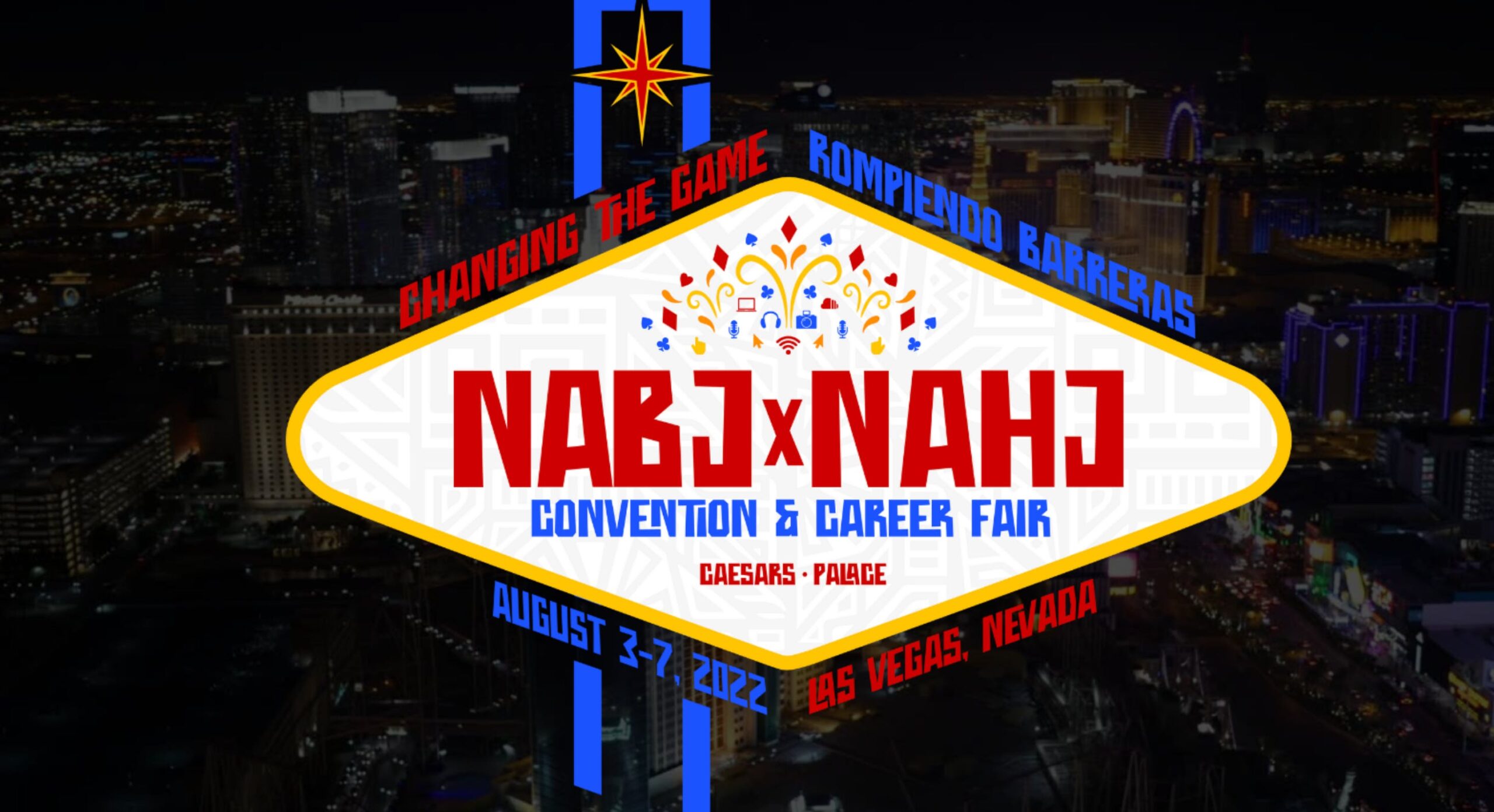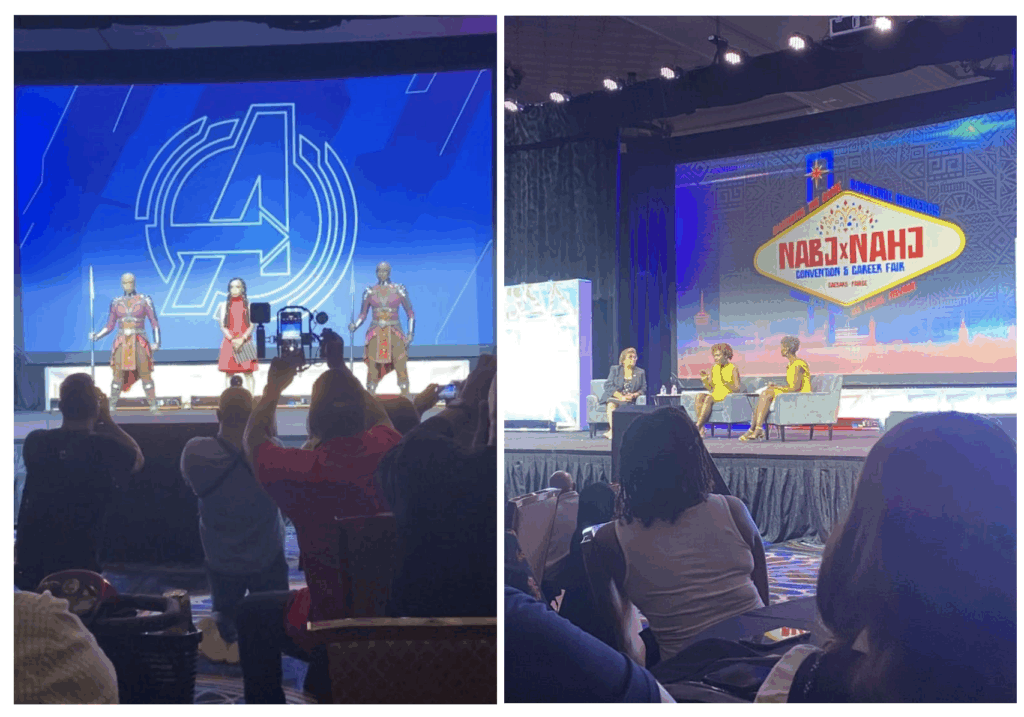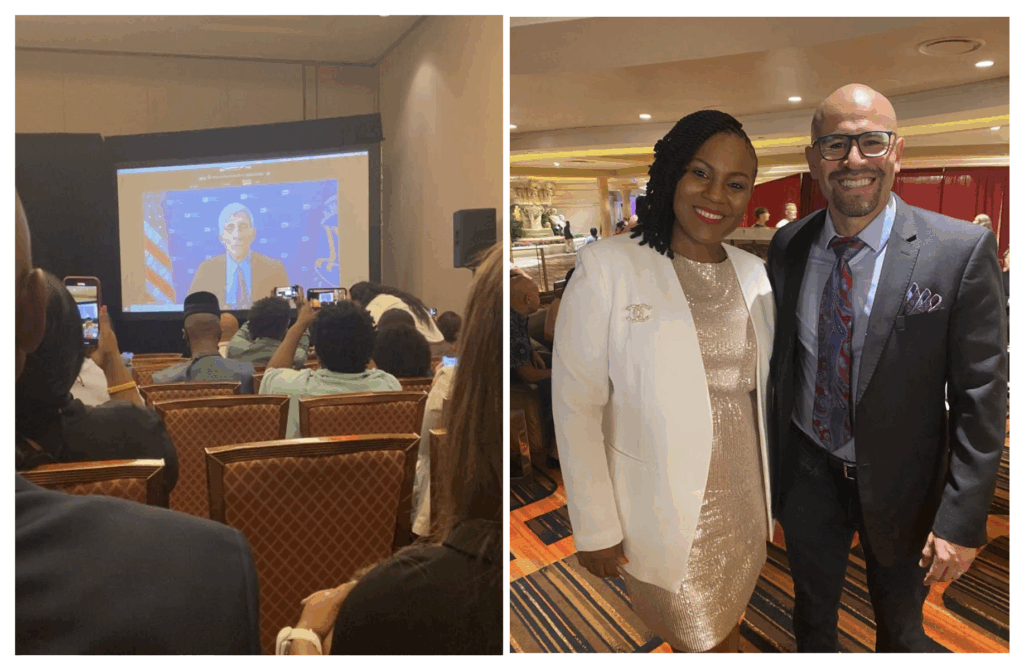Martin Scorsese’s 1999 film Bringing Out The Dead stars Nicholas Cage as an EMT worker experiencing the damning delirium of driving an ambulance in New York City. When I first saw the film, I thought this kind of job would never be for me. But sometimes in life, you find yourself doing things you said you would never do.
When I got the call from my girlfriend that she was pregnant, I was 18 years old and jobless. I was a lackluster student; my real focus was on activism and starting hardcore punk bands. Desperate for sustainable work, I took a friend’s advice and took a six-month course to become an emergency medical technician working on an ambulance. Two months before my son was born, I became a certified EMT.
I started out doing what people in the field referred to as general transport: taking patients that required medical attention from one medical facility to another. The hours were long — four ten-hour shifts that often went into mandatory overtime. Sometimes the patients were difficult. Even worse, my co-workers could be demeaning or rude. As a working student, I also struggled with the schedule. So, against my better judgment, I requested to be transferred to the Emergency Medical Services (EMS) division, which responded to 911 calls. In EMS, I could work three thirteen-hour shifts, which meant I could take more courses and finish my degree faster.
At first, I found EMS to be exciting and purposeful. People recognized my ability to connect with patients. I enjoyed talking to people and helping calm them on some of the worst days of their life. I became the person who held patients’ hands and asked them questions. It took only a few bad calls for this sense of purpose and strength to fade.
It’s the calls with kids that will get you. That’s what any EMT will tell you. I still vividly recall climbing into a wrecked vehicle to talk with a young girl who was trapped inside. I held her hand, took her blood pressure, and asked her which subjects in school she liked best. All the while, the fire department was trying to cut off the car door. She asked me if she would be okay. I don’t remember what I told her, but what I do remember is the feeling of a screw coming loose in my mind.
In the weeks that followed, it seemed like every call was a bad call. I started losing sleep. I lost an unhealthy amount of weight. I started to shake. Once, while evaluating a patient, they interrupted to ask if I was okay. I wasn’t. And it wasn’t just the trauma of the action – it was also the long hours of boredom, filled with dread, praying that the next call would be a migraine or a stomachache.
Eventually, after talking with my girlfriend (now my wife), I decided I needed help. I called my father and asked him to take me to an emergency room because I was afraid I was going to hurt myself. They wrote me prescriptions for Xanax and Ambien, told me I should see a therapist and let me go. It was not the empathy that I once strove to give my own patients.
Bills needed to be paid, and I had used up my meager paid sick time. So I went back to work. I started seeing a therapist regularly, but then my employer’s insurance plan capped the frequency at which I could see them. Around this same time, a banner was strung up at work: “Happy EMS Week, First Responders!” It hung above a table with complimentary coffee mugs and a box of donuts. It was an astonishing display of empty words in the face of the hell that my fellow EMTs and I were going through on a daily basis. I quit shortly thereafter and drove a school bus until I found another job at a nonprofit.
My time as an EMT is not on my resume. But it shapes how I relate to people that work in healthcare, especially those at the lower end of the professional pecking order. It gives me insight into how people cope — or don’t cope — with trauma.
During the scariest days of the COVID-19 pandemic, I couldn’t help but dwell on the experiences of the frontline workers facing the crisis. I wondered how many of the declared “heroes” were experiencing the same trauma I had once experienced. I wondered how many of them sought care for what was going on in their heads, only to face a labyrinth of insurance bureaucracy and dismally inadequate care.
Many years after my experiences riding in ambulances, I am now at Fenton, working as a communicator and advocate for health workers. I ask myself: What can I do to make my words translate to more than words? How can my work overcome the emptiness of the “Happy EMS Week” banner? How can my work make a meaningful difference to someone who is doing the best they can to help others – while struggling themselves?’
I don’t have all the answers. But my work continues. It begins with remembering what I’ve gone through and empathizing with those who still do the critical work of critical care. It means humanizing those who we elevate in our campaigns. These people are more than their work – and certainly more than their traumas. We must recognize that thanking people for their lifesaving work is an important start but is, in fact, only a start. There is more to be done and more to be said. I am committed to speaking for them, for us, and for change.

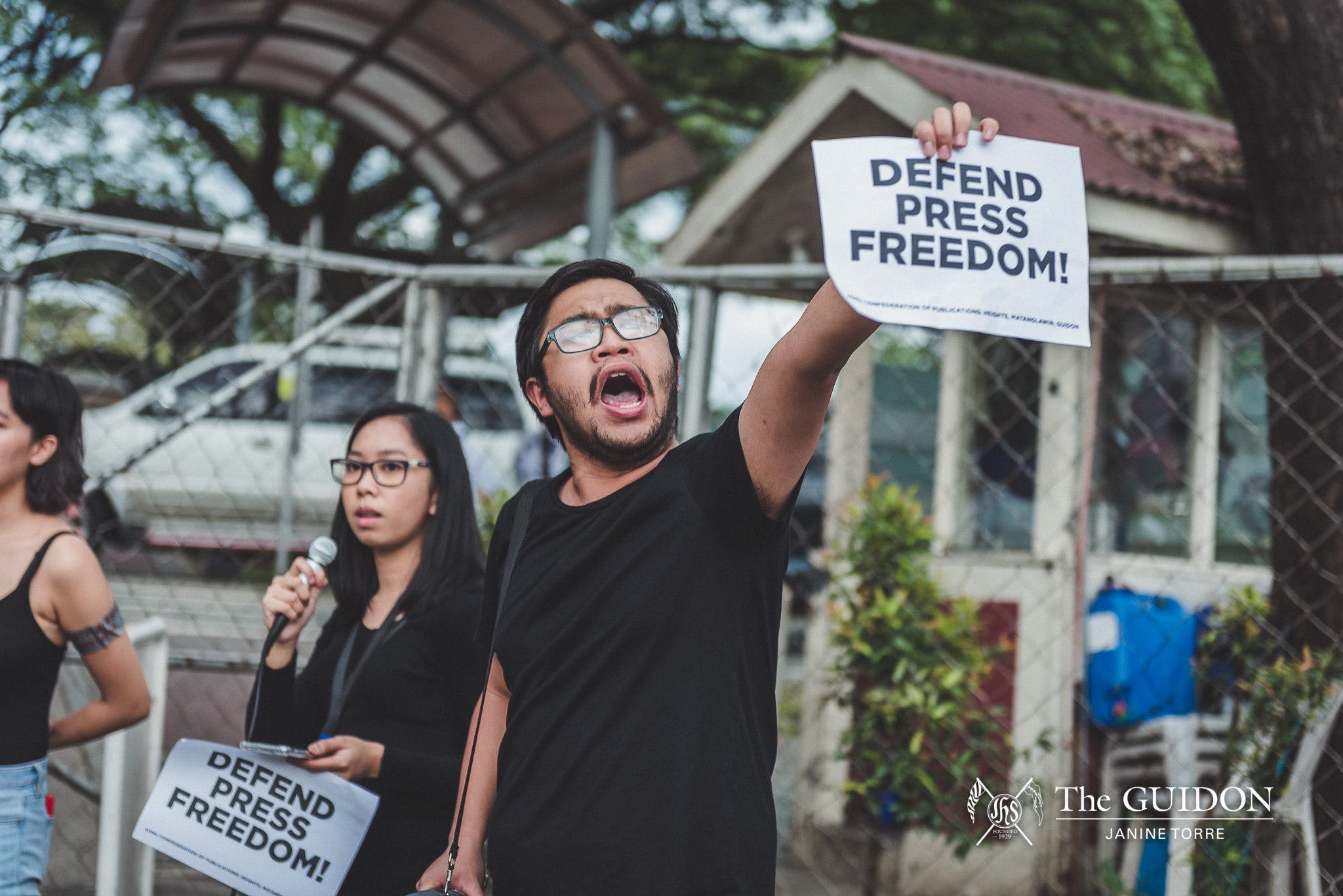
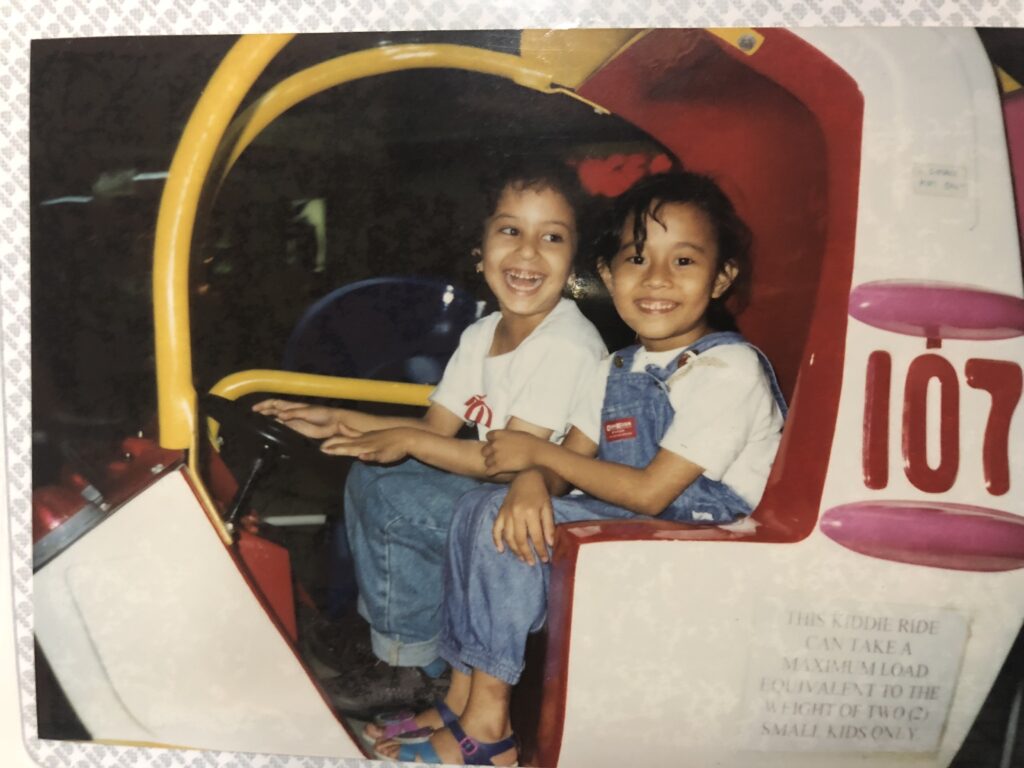


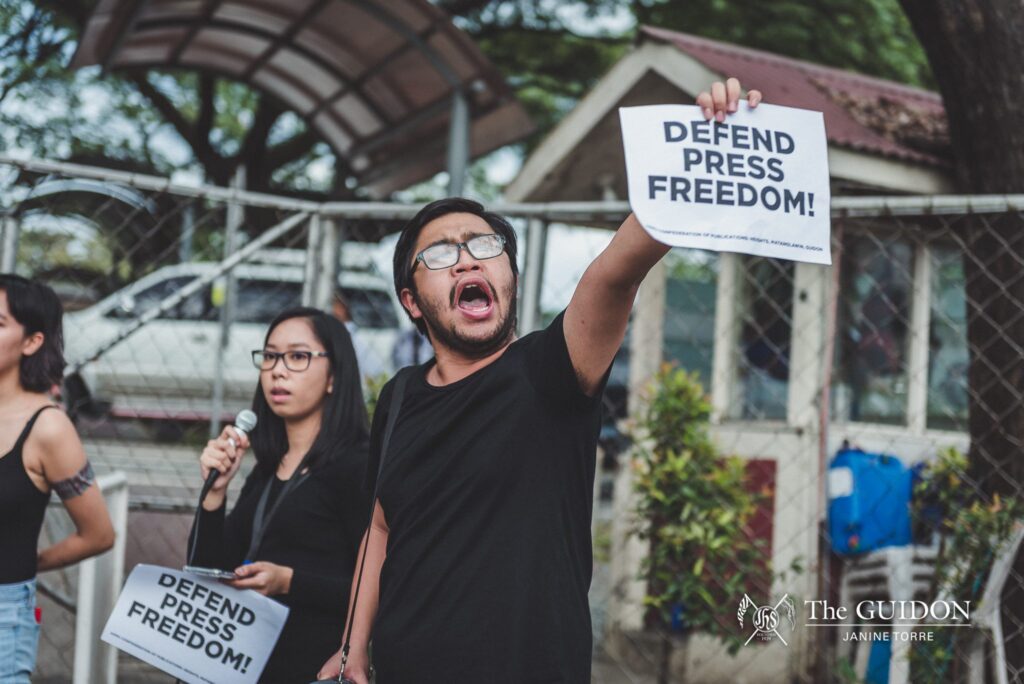
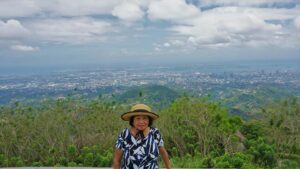
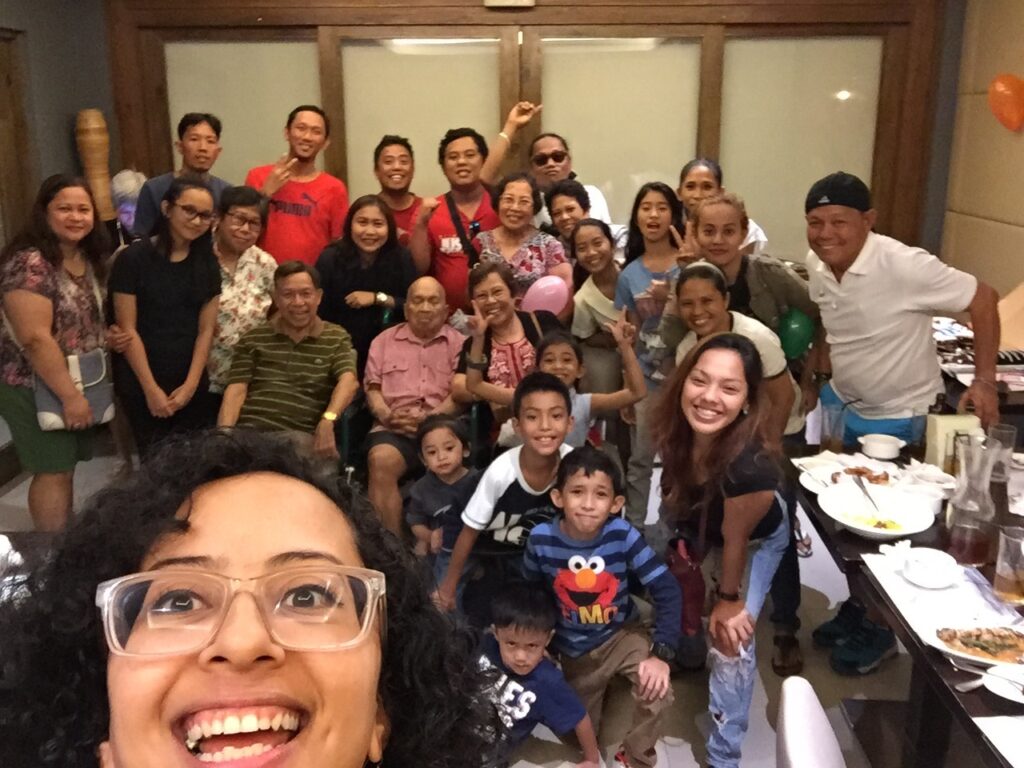
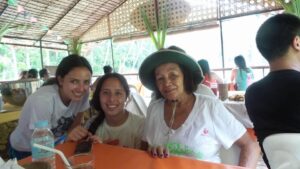
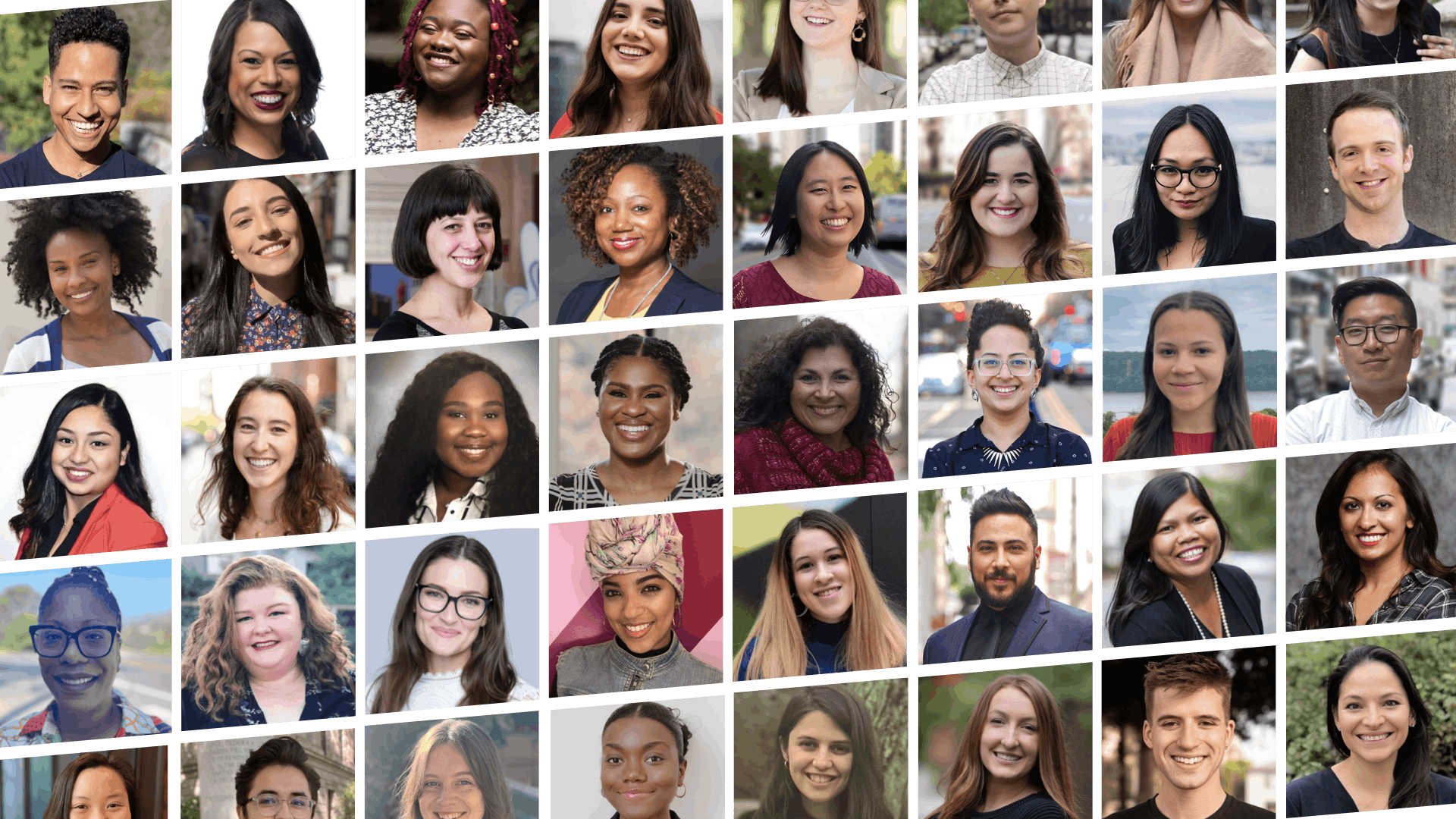
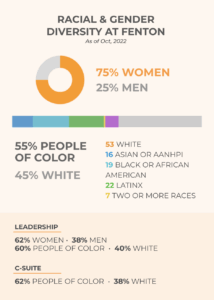
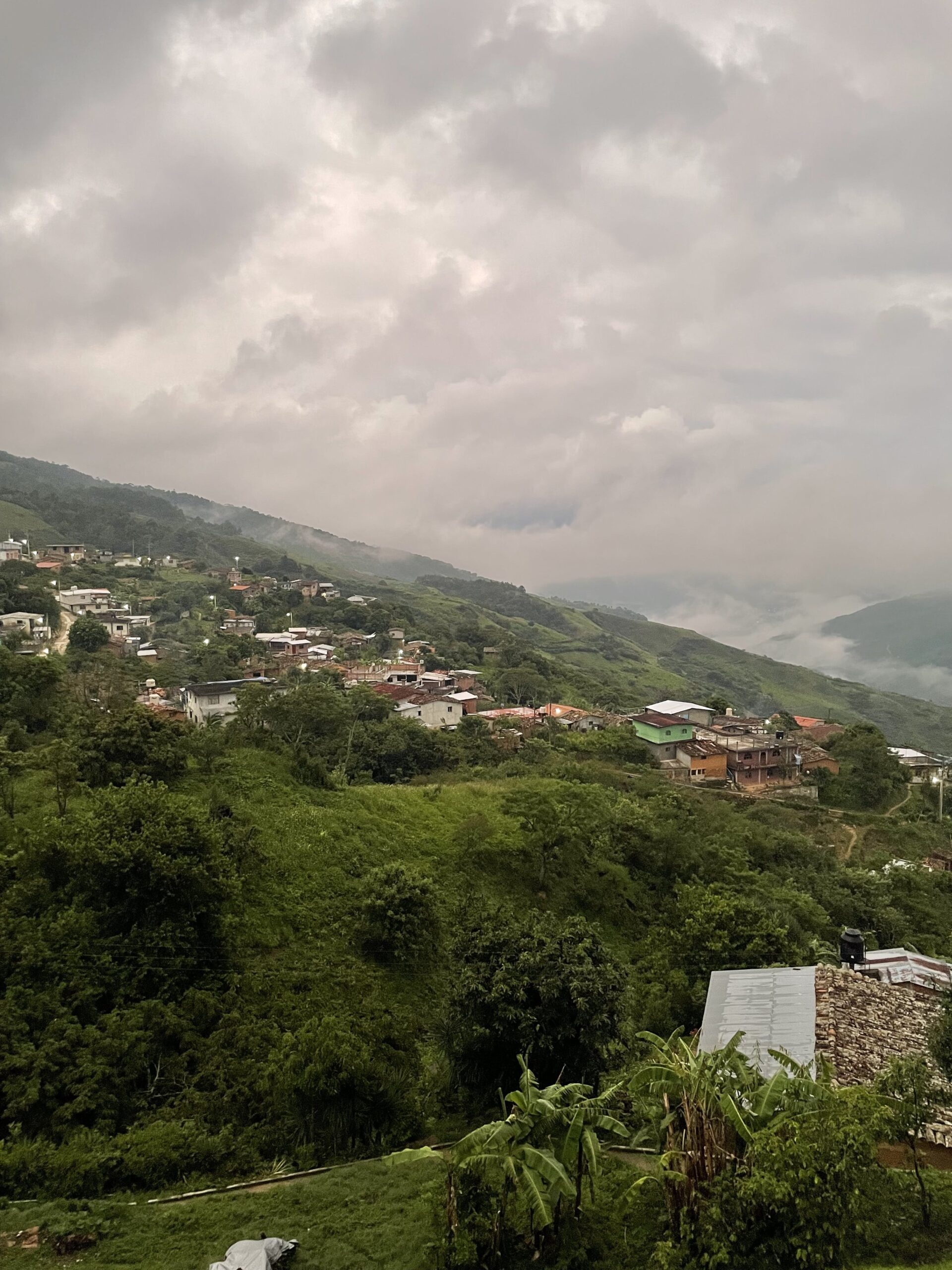


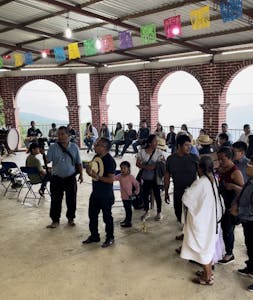 Tita’s
Tita’s